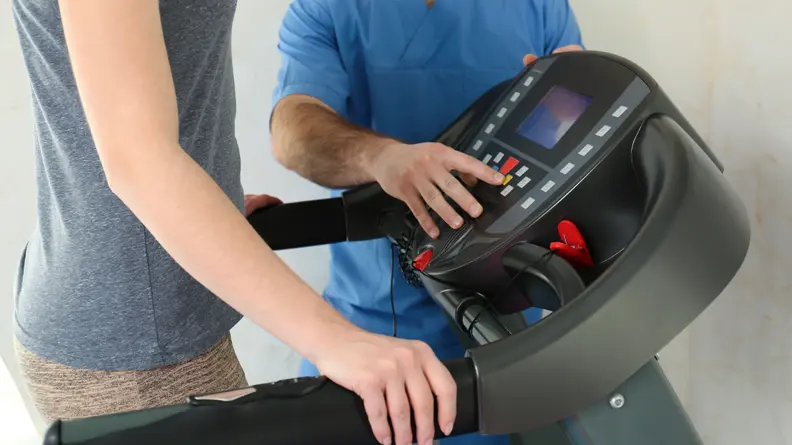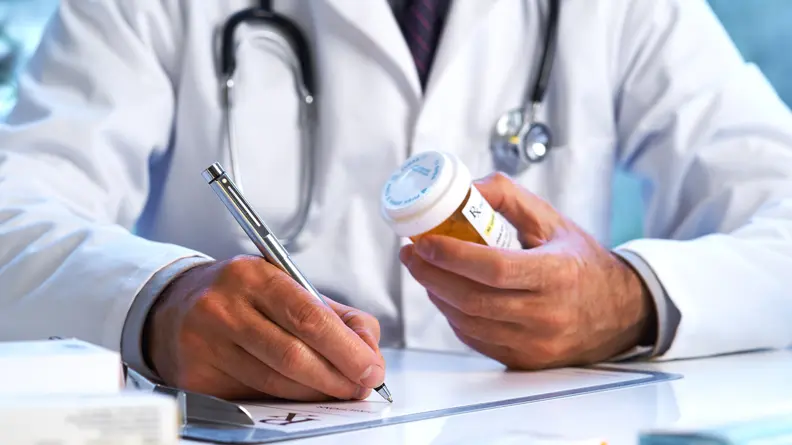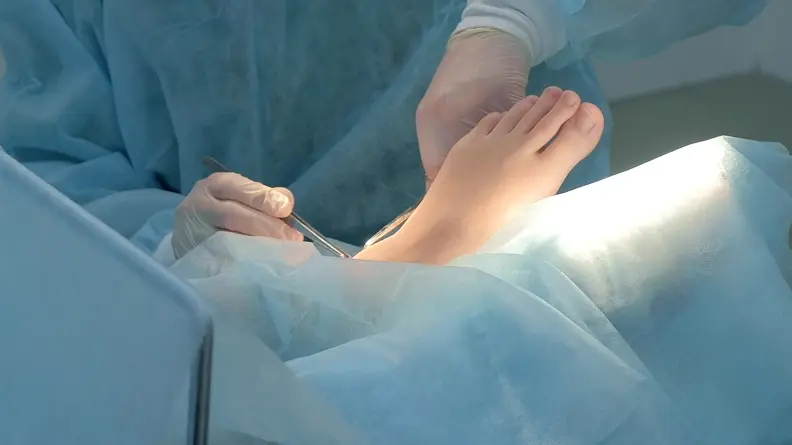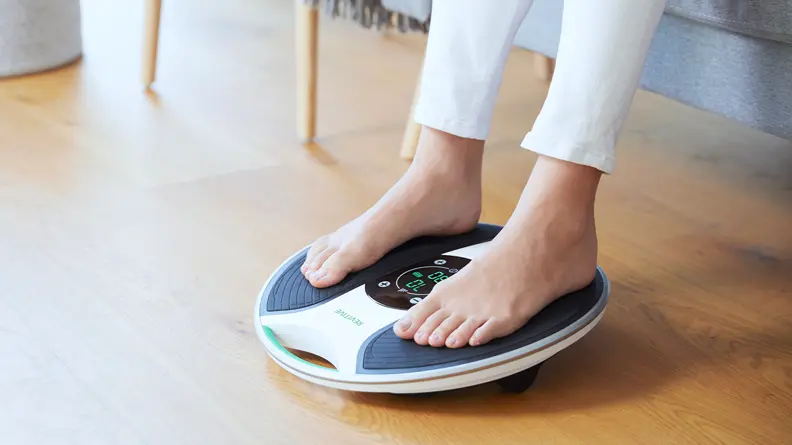Everything you need to know about Peripheral Arterial Disease
Overlooked and underestimated, Peripheral Arterial Disease (PAD) is a condition that affects more than 200 million people worldwide. Surprisingly, nearly 20% of those aged over 60 and up to 5% of individuals under 50 have some level of this disease. Detecting it early is crucial to minimising its serious impact on your physical and mental wellbeing.
What is PAD?
Imagine your home water pipes getting clogged with hard water deposits, causing reduced flow. Similarly, your arteries can become narrowed or blocked due to the buildup of fatty deposits and blood clots. In Peripheral Arterial Disease (PAD), this happens to the arteries in your legs, leading to reduced blood flow to your limbs, depriving them of essential oxygen and nutrients they need to thrive. Taking care of your cardiovascular health is vital to ensure proper blood circulation throughout your body.
What are the symptoms of PAD?
PAD often goes unnoticed because it typically doesn't show any symptoms, leading to underdiagnosis. This might be because we don't walk far or fast enough to trigger symptoms, or smaller arteries compensate by enlarging to bypass the blockage.
However, if you experience aching or burning cramp-like pain in your legs during exercise, which eases with rest, you might be experiencing intermittent claudication – the most common symptom of PAD. If you notice these signs, it's essential to consult your doctor promptly.
Why can PAD be difficult to diagnose?
PAD symptoms can resemble other leg and foot conditions like hip arthritis, gout, nerve compression, or deep vein thrombosis. To ensure a correct diagnosis, medical professionals consider pain patterns and positions, check pulses, and measure blood pressures in the arm and ankle, along with assessing blood flow.
Why is taking care of your vascular health crucial to your overall health?
People with PAD have a higher risk of heart attacks and strokes, as both conditions are linked to issues with blood vessels. In fact, individuals with PAD are up to three times more likely to face these serious health challenges.
In addition to this, a severe reduction in leg and foot blood supply can lead to ulcers and gangrene. If your limb becomes extremely cold, persistently painful, pulseless, or paralysed, it should be treated as an emergency. In the worst-case scenario, amputation might be necessary. Looking after your leg circulation and seeking urgent medical attention could prevent such complications.
What other factors can increase the chances of developing PAD?
Several health and lifestyle factors can increase the risk of developing PAD. These include smoking, diabetes, high blood pressure, high cholesterol levels, obesity, a sedentary lifestyle, and a family history of cardiovascular diseases. Taking care of these risk factors is essential to reduce the chances of developing PAD. A healthy lifestyle can make a significant difference in protecting your vascular health.
Making Revitive Circulation Booster part of your pain-relief plan
While the Revitive Circulation Booster can be beneficial for individuals with PAD, it is essential to note that it should be used as part of a comprehensive management plan, including medical treatments, lifestyle changes, and regular consultations with healthcare professionals to address the underlying causes and symptoms of PAD effectively.
Take the quiz to save an extra £10
Discover your ideal Circulation Booster - then try it risk-free for 90-days.




